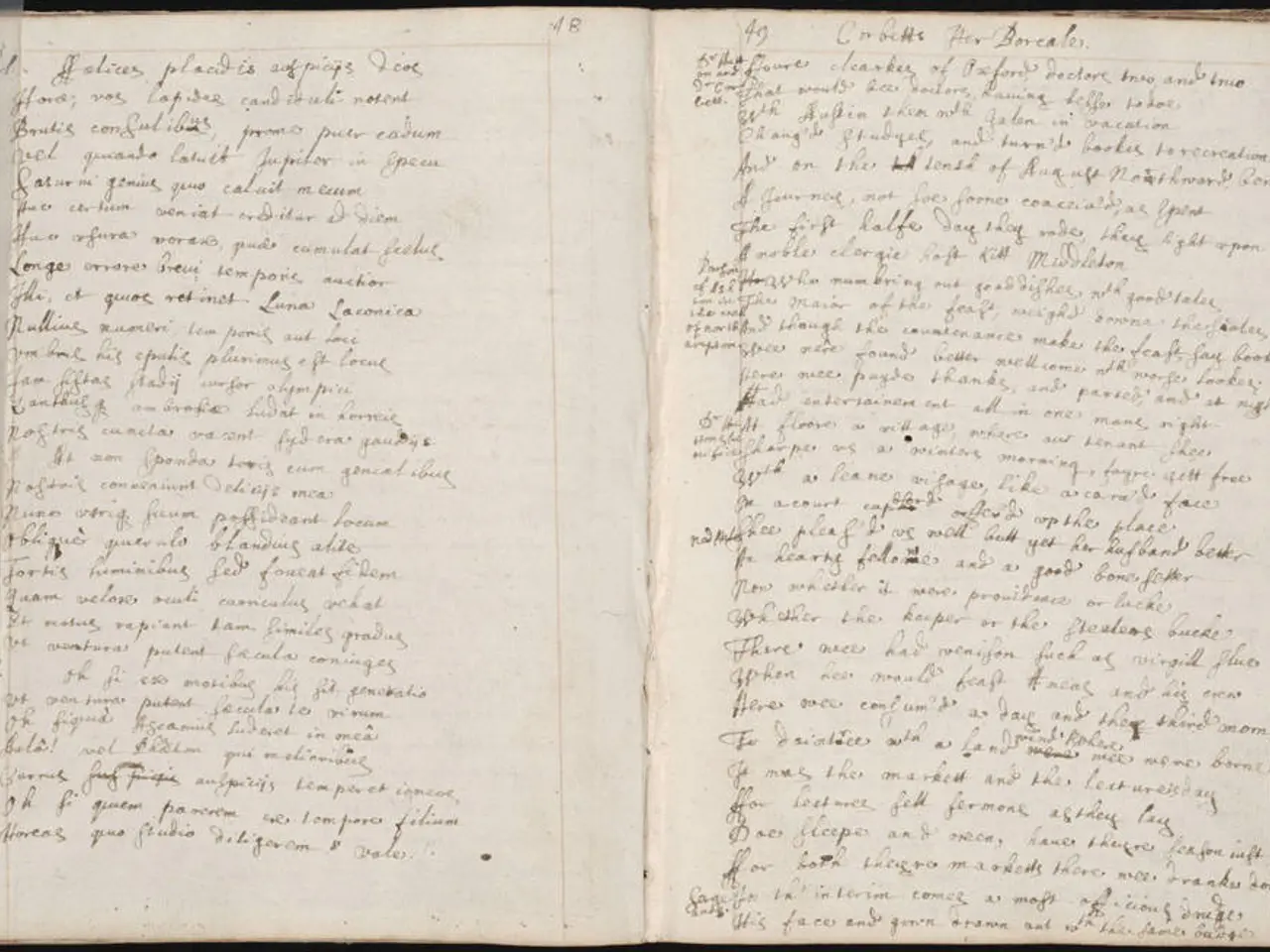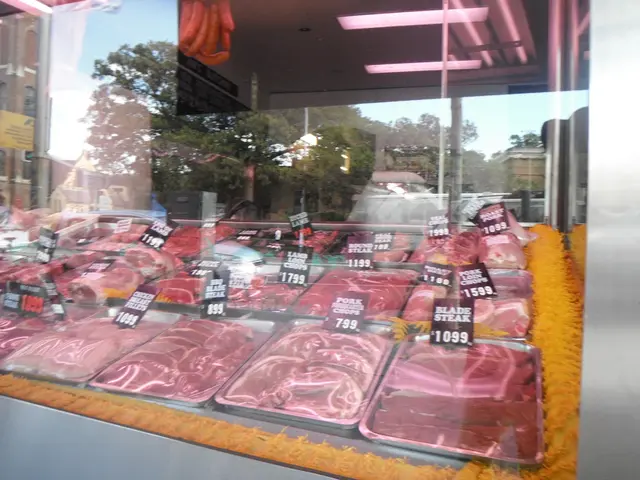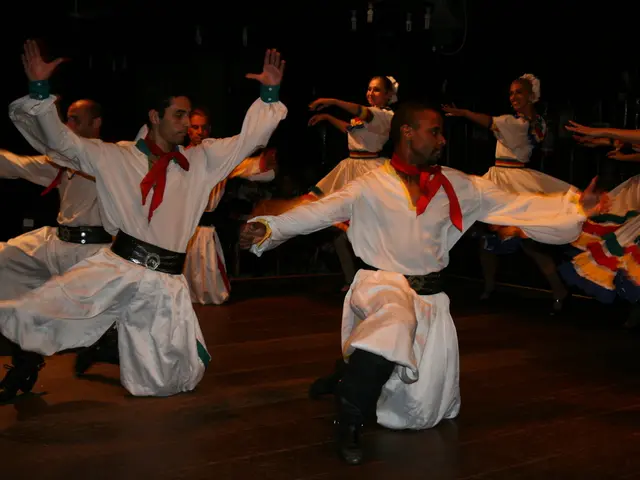A Trove of Writing Tools Focusing on Creating Conflict
Becca Puglisi, an international speaker, writing coach, and bestselling author, has recently released the second volume of her acclaimed book, The Conflict Thesaurus. This game-changer for writers, screenwriters, game designers, and anyone else who needs a steady stream of ideas on how to challenge their characters, is now available at One Stop for Writers.
Puglisi's passion for learning and sharing her knowledge through her Writers Helping Writers blog and One Stop For Writers, an online library created to help writers elevate their storytelling, shines through in this latest release. In The Conflict Thesaurus Volume 2, she continues the exploration of challenges, roadblocks, adversaries, and hindrances in writing.
The book is a database filled with possible conflicts, obstacles, moral dilemmas, no-win scenarios, ticking clocks, and more for causing problems for characters. Key strategies from the book focus on leveraging conflict at multiple levels—internal and external, macro and micro—to push characters beyond their limits and reveal their true selves.
Leveraging Conflict for Character Development
One of the essential approaches in The Conflict Thesaurus Volume 2 is using the Four Levels of Conflict. Conflict should challenge characters on different scales, from personal inner struggles to large external obstacles, creating pressure that forces growth and change. This dynamic tension propels the story forward and deepens character complexity.
Another strategy is engineering uneven matchups. Creating imbalances where protagonists face stronger, better-resourced opponents or disadvantages, maximizes friction. This makes their victories more compelling and highlights traits such as resourcefulness and courage, as exemplified by John McClane in Die Hard, who overcomes being unarmed and outnumbered through ingenuity and perseverance.
Showcasing Character through Conflict Responses
Characters' reactions to conflict reveal their core traits, values, and evolution. How they fight, sacrifice, or adapt under pressure provides insight into who they are, allowing readers to connect deeply with them. The Conflict Thesaurus Volume 2 emphasizes the importance of showing character through conflict responses.
Employing Varied Conflict Management Styles
Integrating diverse ways characters handle conflict (competitive, accommodating, avoiding, compromising, collaborating) creates richer, more realistic interactions and internal struggles, which in turn enhance character development and story complexity.
Together, these strategies ensure conflict is not just an obstacle but a vital tool to explore and strengthen characters, making stories more engaging and emotionally resonant.
Additional Resources
The Tools page on One Stop for Writers includes a Character Conflict Response Flowchart and an Internal Conflict Brainstorming Resource from The Conflict Thesaurus. Additionally, some appendix tools from the book have been uploaded to the Tools page.
Becca Puglisi's books, including The Conflict Thesaurus and its sequel, are available in five languages, sourced by US universities, and used by novelists, screenwriters, editors, and psychologists around the world. The Conflict Thesaurus (Volume 2) has been recently released as the SILVER Edition.
For those interested in learning more about conflict in stories and characters, Puglisi has been sharing advice with Angela, with topics ranging from raising intrigue-building questions to adding internal conflict and showing it to readers. Their discussions are a must-listen for anyone looking to elevate their storytelling.








